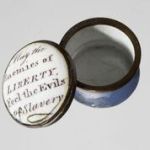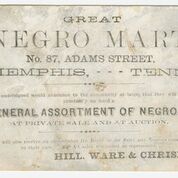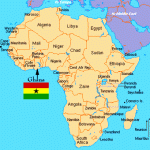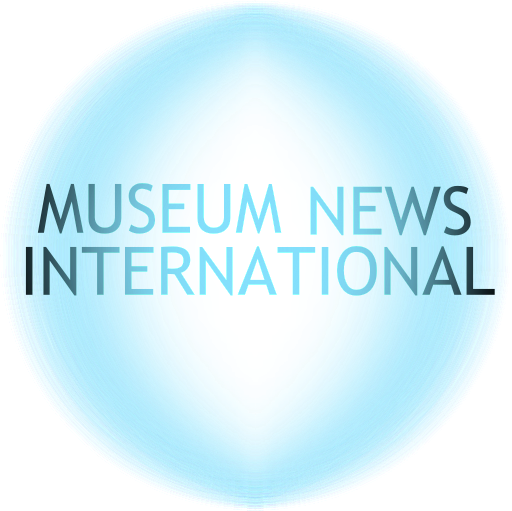A combination of military might, trade and slavery, was the foundation for the triangular trade that enriched the British Empire, and in turn the USA, as well as The Netherlands, France, Portugal, Sweden, Denmark and Prussia. 

We can learn about this dark chapter at many museums, one of the most talked about at the moment is the newly opened National Museum of African American History and Culture, at The Smithsonian in Washington D.C. (Photo Credit: The inscribed box, and the leaflet advertising for slaves, courtesy of The National Museum of African American History and Culture)
But nothing makes a greater impact than seeing for yourself where it all happened. The most important part of this awful triangle was in West Africa.
Present day Ghana was known as the Gold Coast or Slave Coast. Here trade companies began building forts in the 1600’s to protect their wares – goods, gold and people – from competitors.  After the slave trade was abolished in the early part of the 1800’s, the forts were in continued use by Great Britain in numerous conflicts with the indigenous peoples of the region. The Ghana Museums and Monuments Board (GMMB), cares for: 33 forts, the last ten remaining traditional Asante-buildings (listed by UNESCO as World Heritage Properties), several archaeological sites and nine museums.
After the slave trade was abolished in the early part of the 1800’s, the forts were in continued use by Great Britain in numerous conflicts with the indigenous peoples of the region. The Ghana Museums and Monuments Board (GMMB), cares for: 33 forts, the last ten remaining traditional Asante-buildings (listed by UNESCO as World Heritage Properties), several archaeological sites and nine museums.

Given the origin of the forts, there is of course a lot of focus on the trade era and the many conflicts between colonial powers and with indigenous peoples, but the GMMB’s museums also displays the rich culture and history of the region, including an eco-museum and conservation education centre, at Fort Apollonia, showcasing art, food, music etc. If you can not go to Ghana in the next little while, the GMMB website is a gem of history and photos.
(Photo Credit: the Gold Coast forts, GMMB. Map of Ghana, The Ghana High Commission to Canada)



You must be logged in to post a comment.